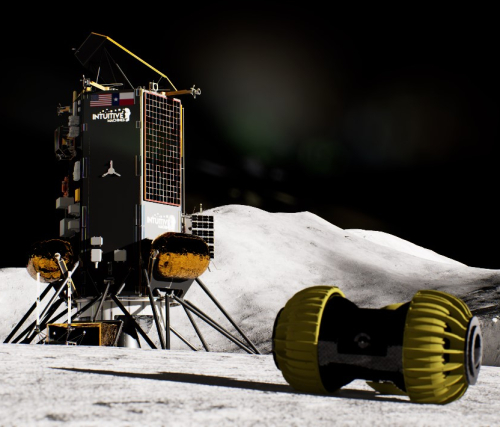SpaceX launches GPS satellite
Using its Falcon 9 rocket this morning SpaceX successfully placed a U.S. military GPS satellite into orbit, launching from Cape Canaveral.
The first stage completed its second flight, landing on a drone ship in the Atlantic.
At this time only SpaceX and China have successfully launched in 2023, with China leading 5 to 4.
Using its Falcon 9 rocket this morning SpaceX successfully placed a U.S. military GPS satellite into orbit, launching from Cape Canaveral.
The first stage completed its second flight, landing on a drone ship in the Atlantic.
At this time only SpaceX and China have successfully launched in 2023, with China leading 5 to 4.


